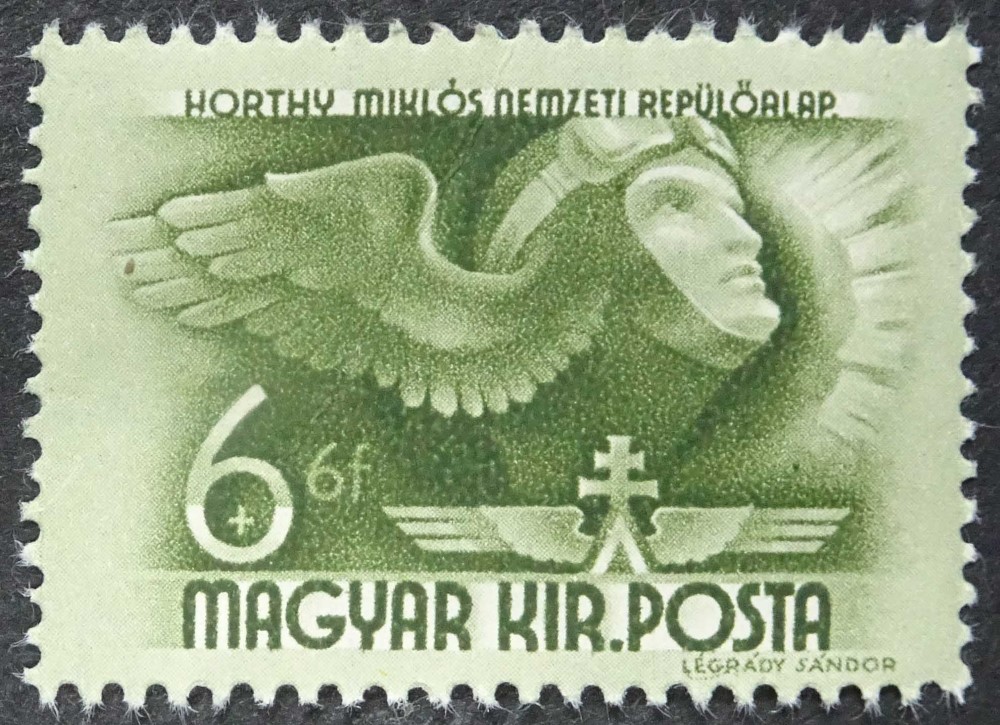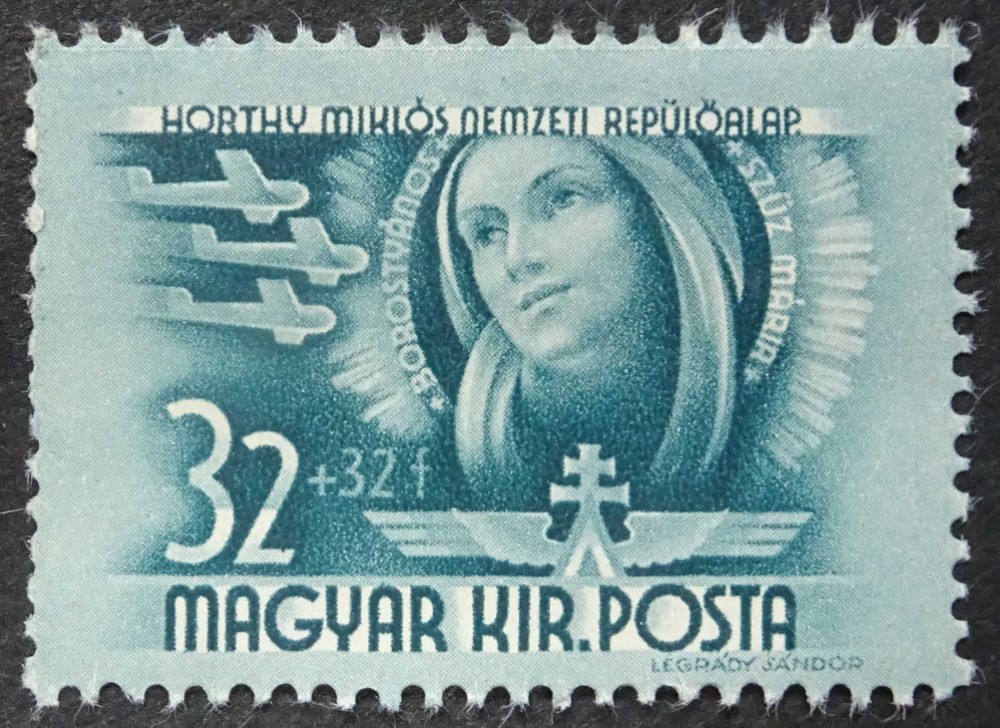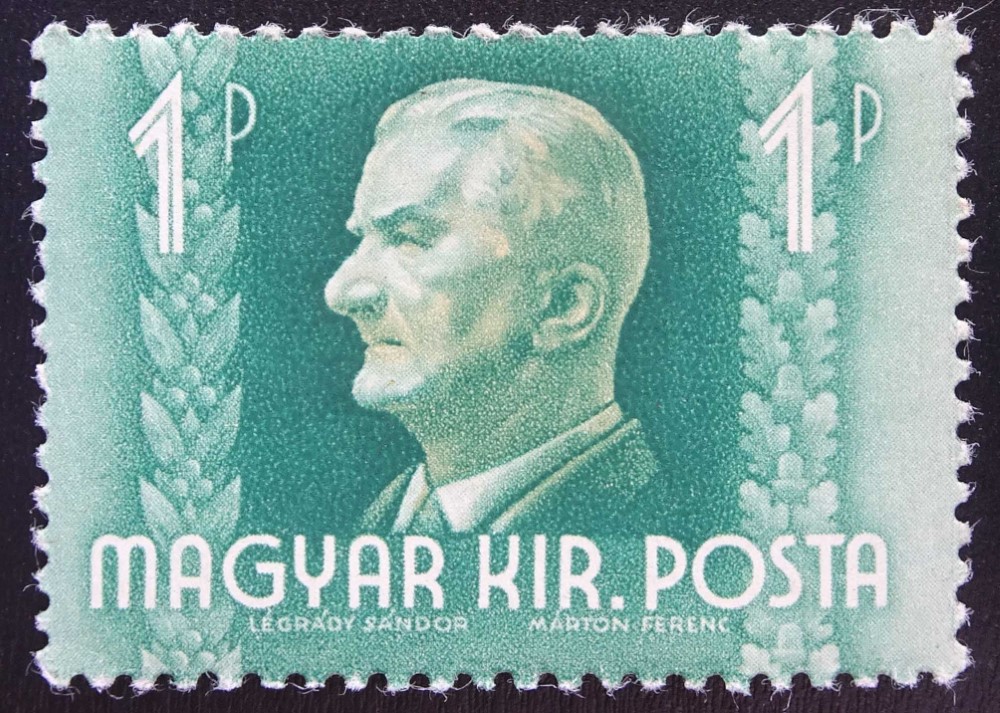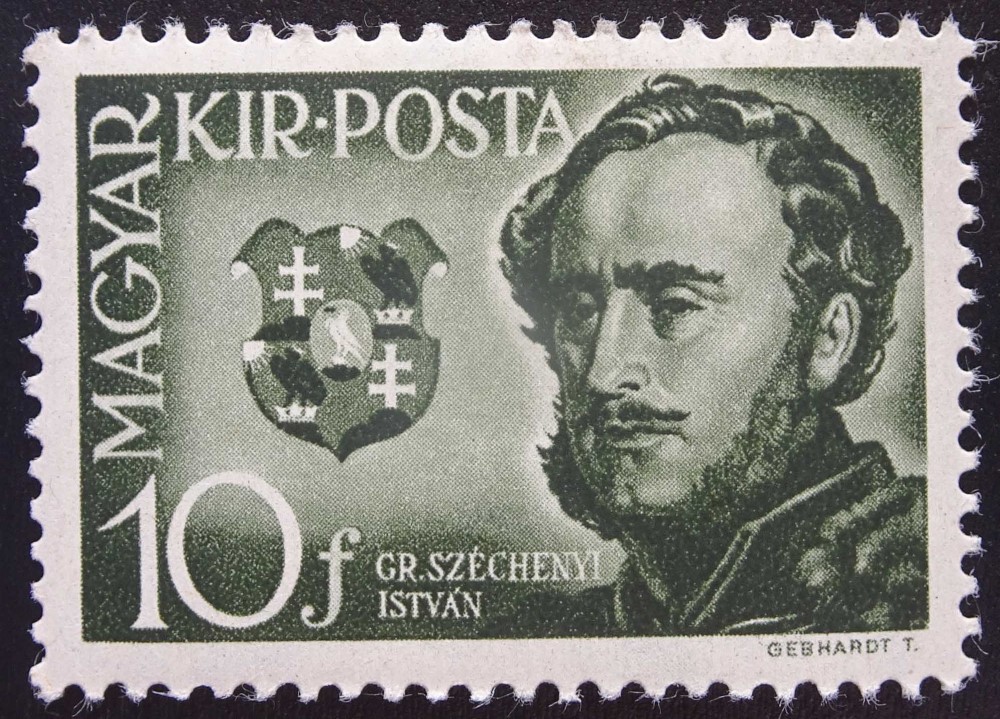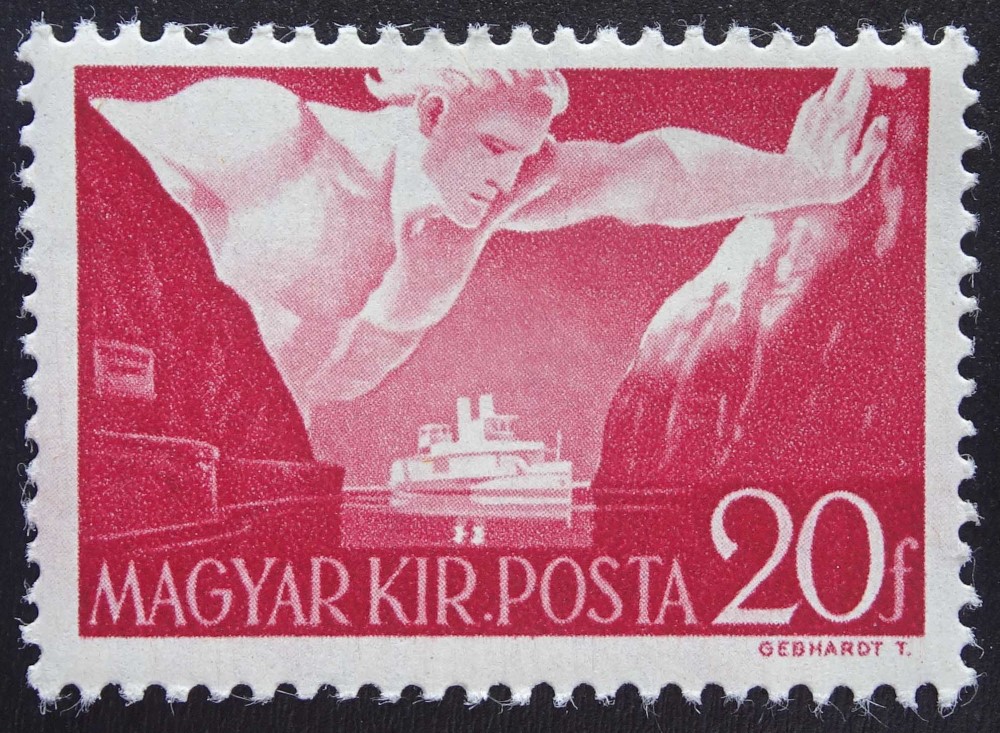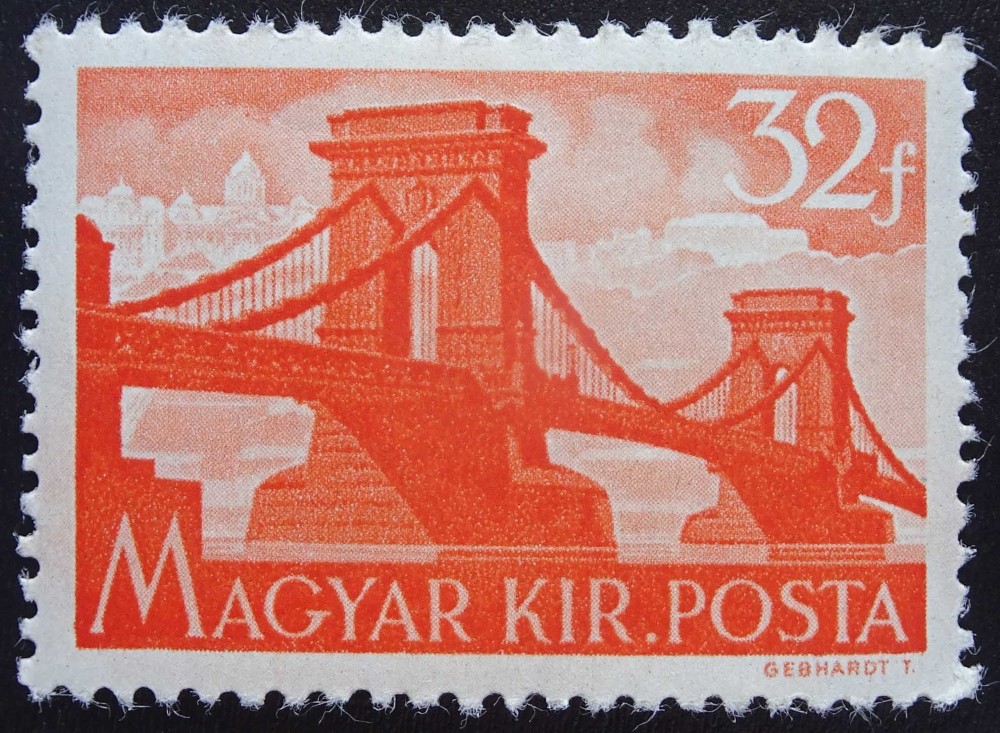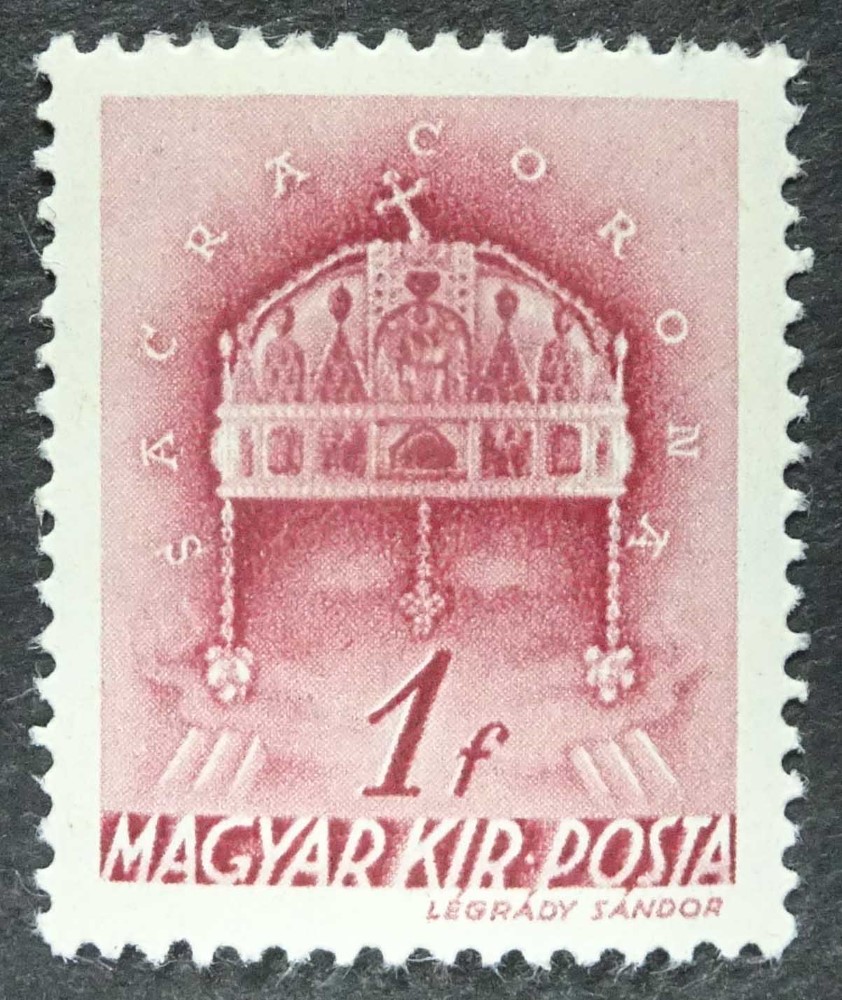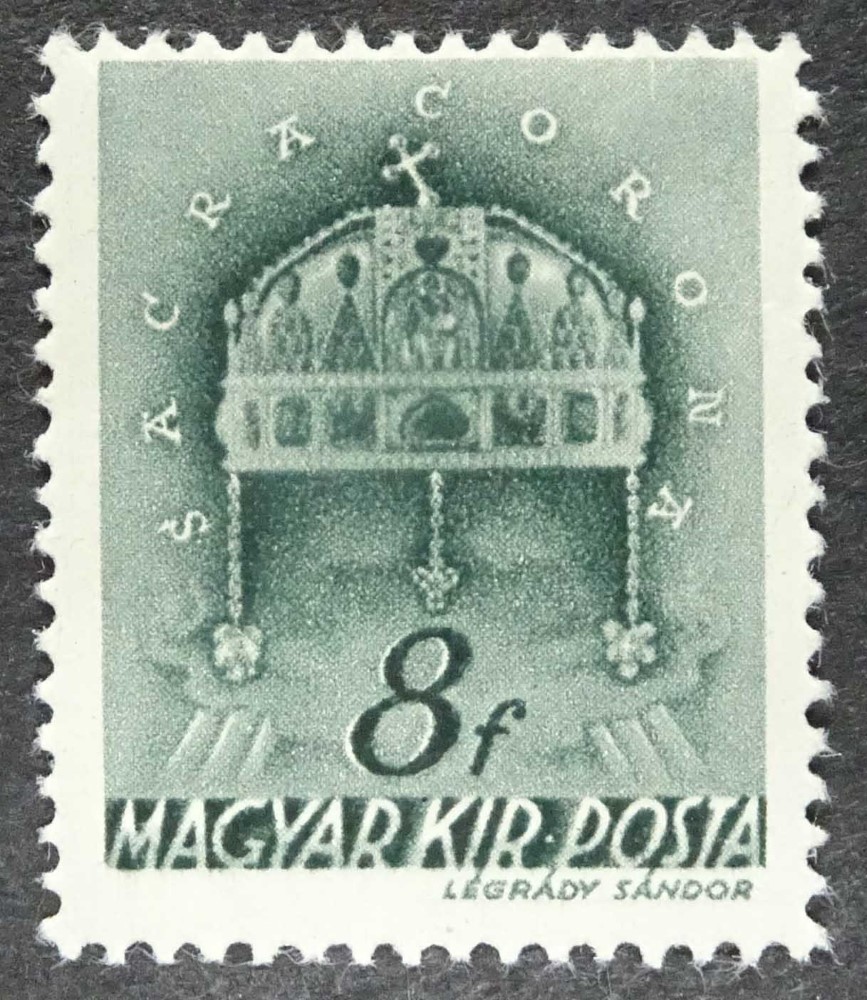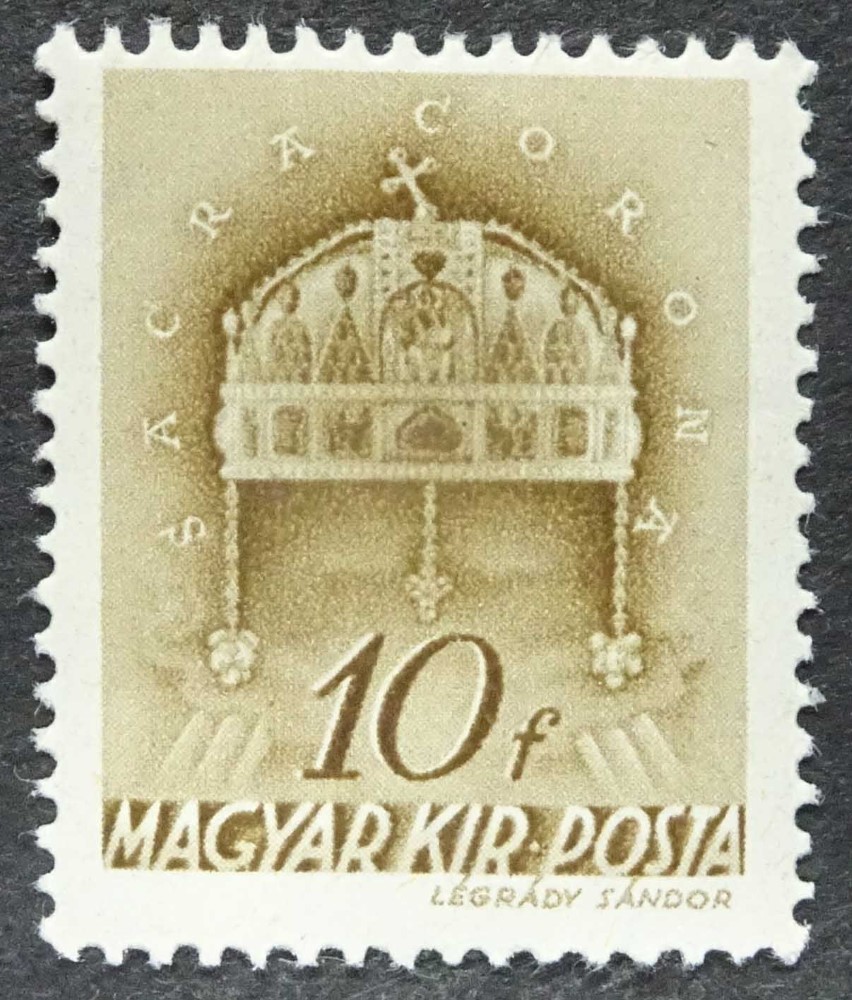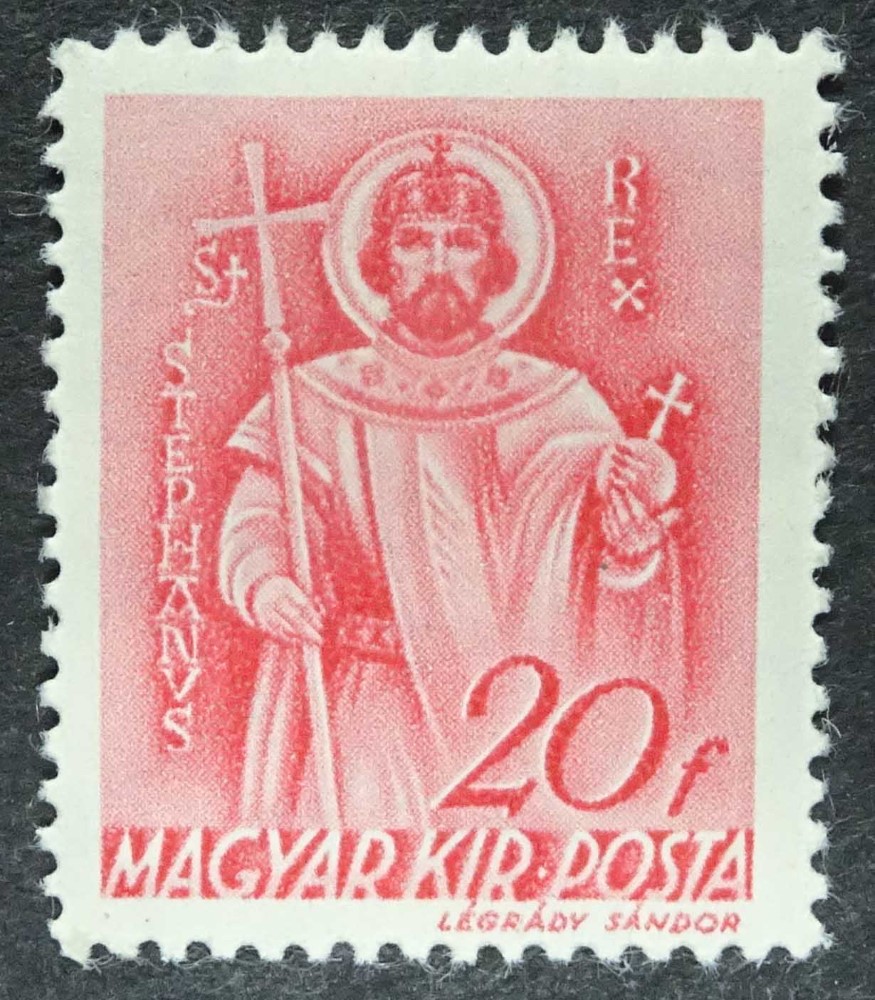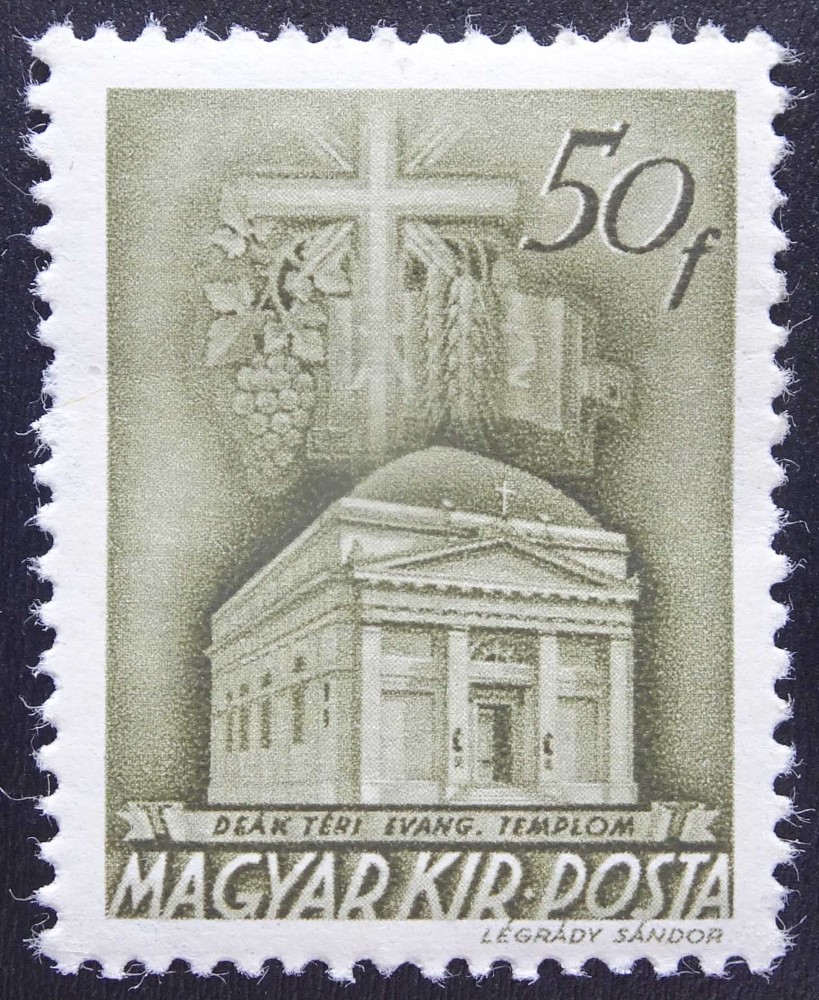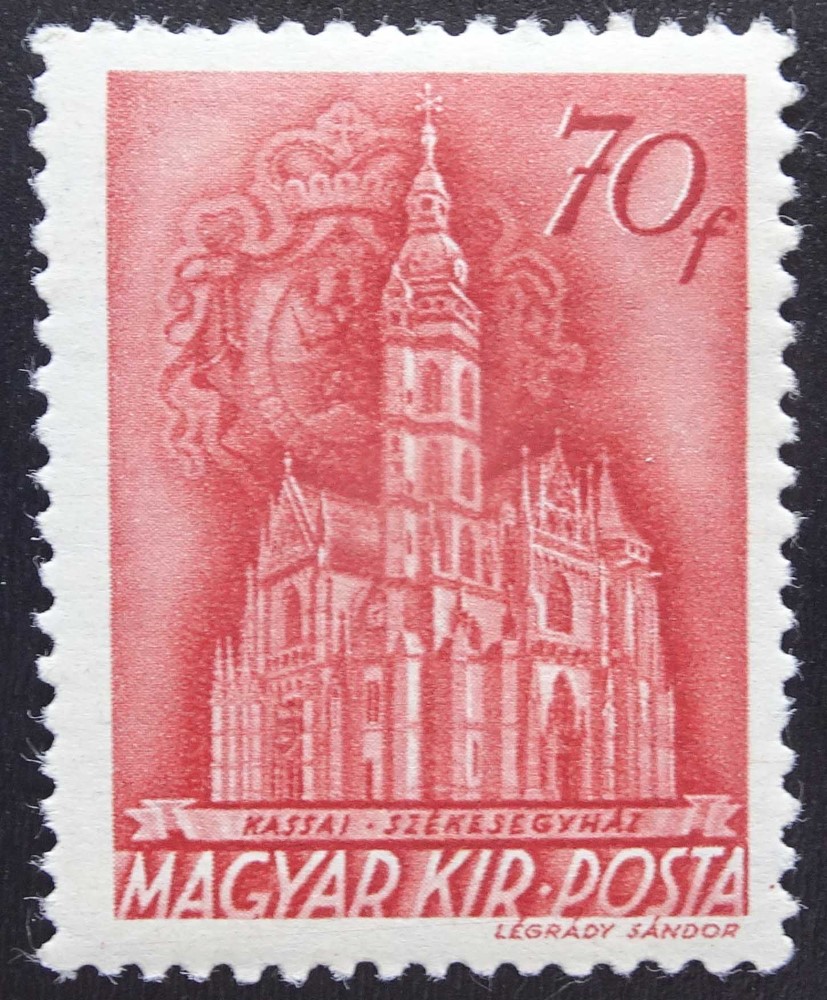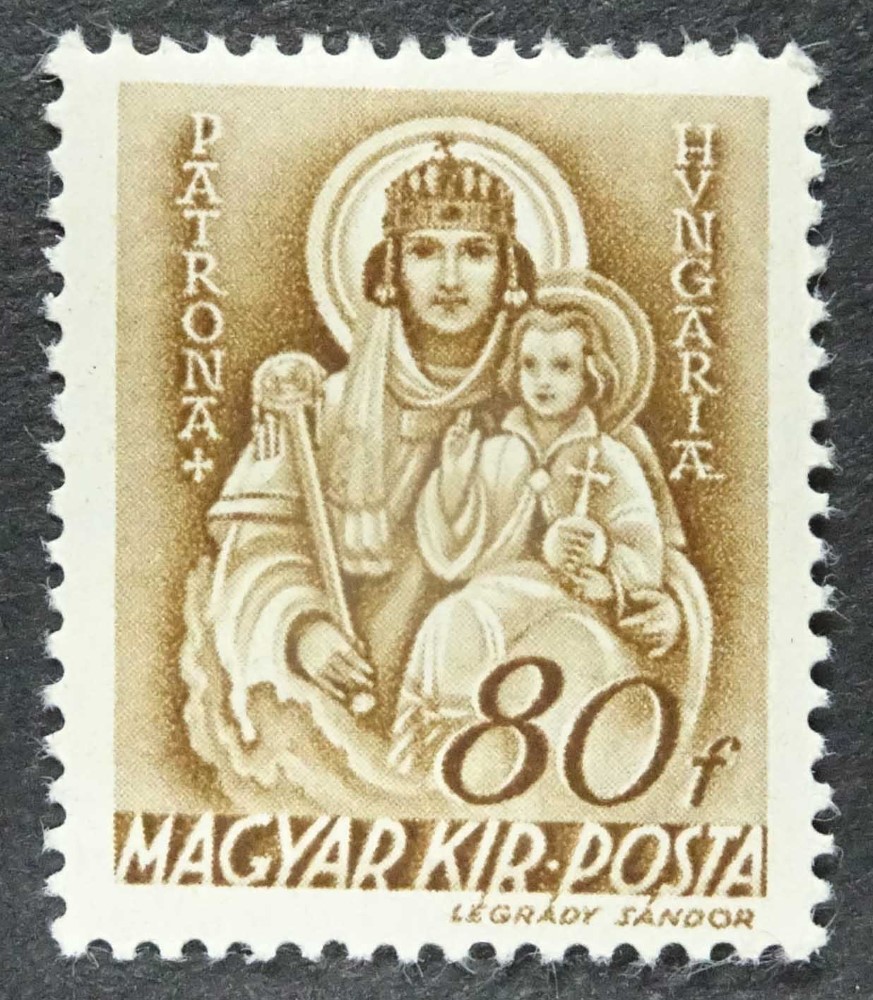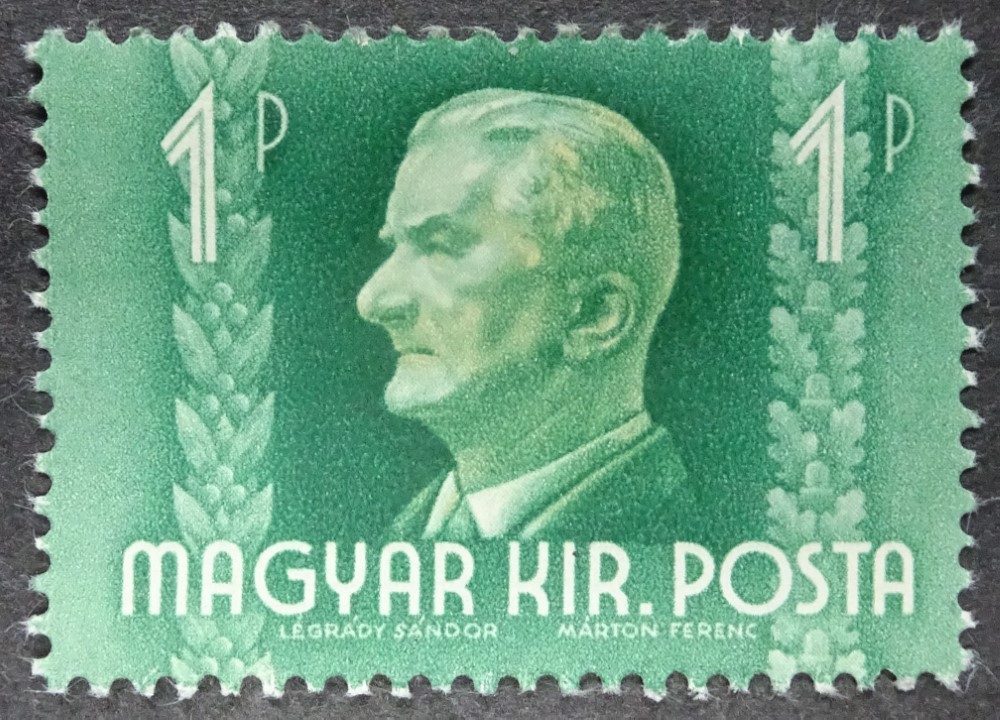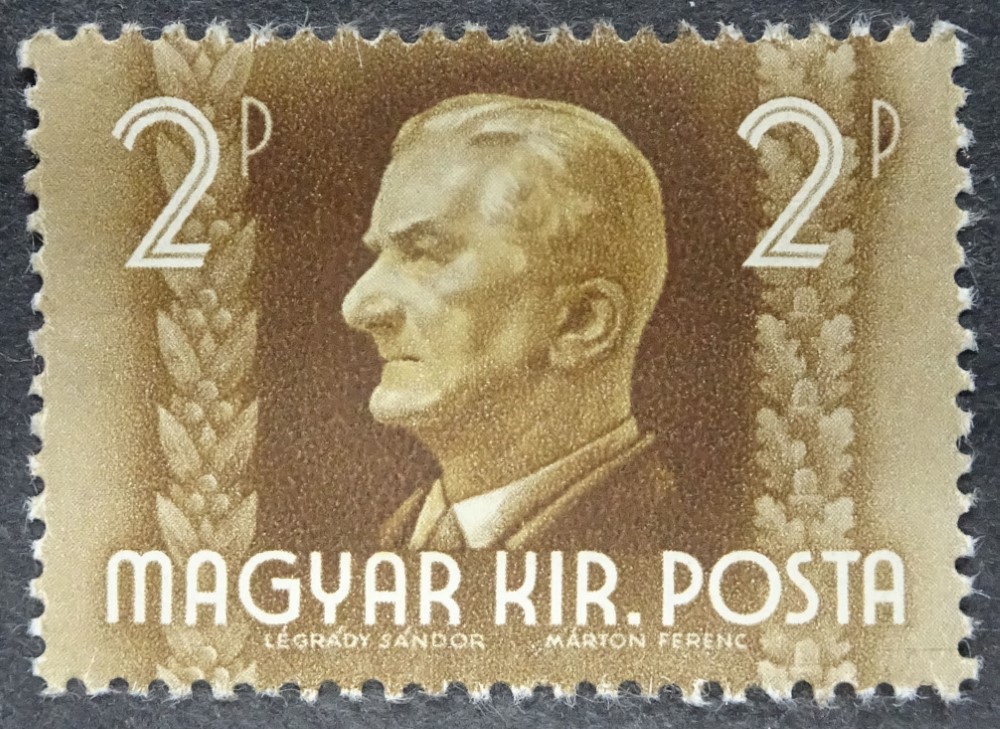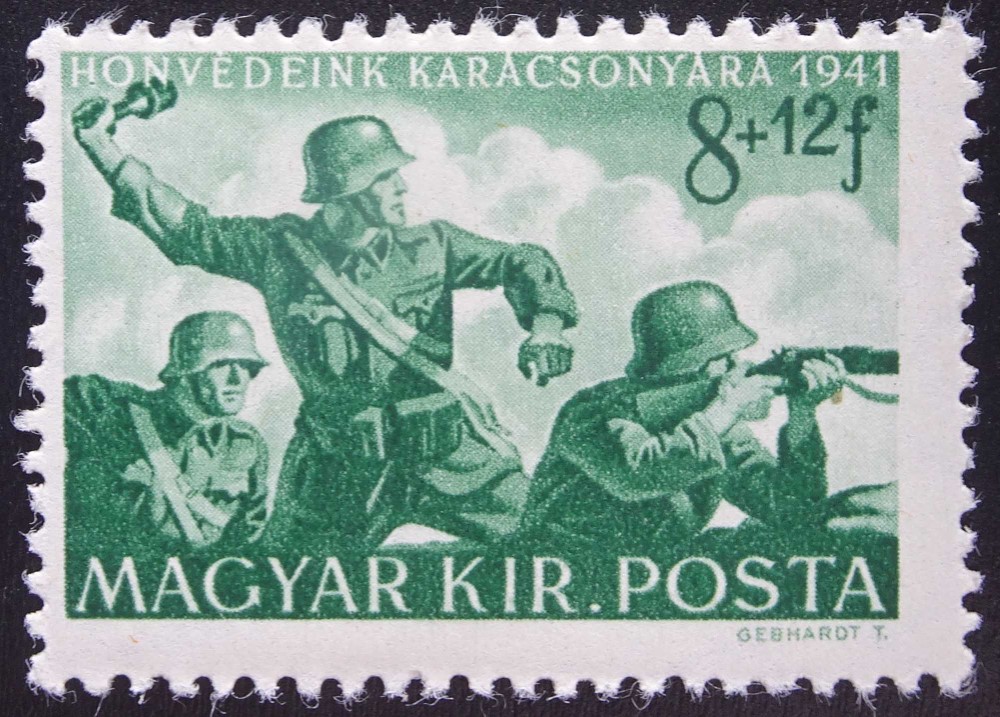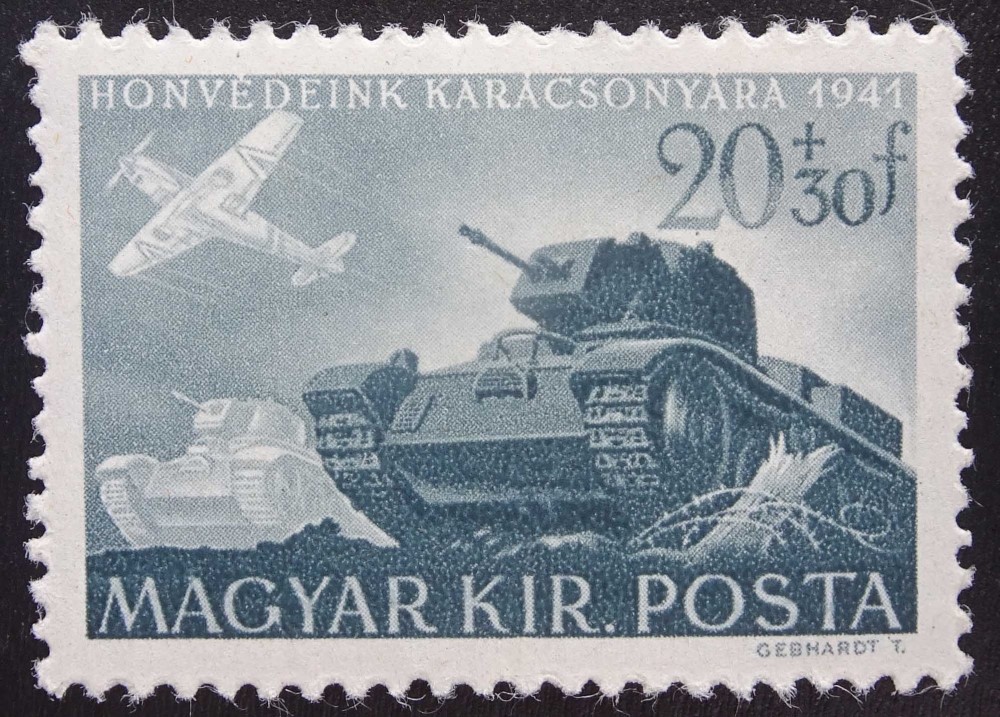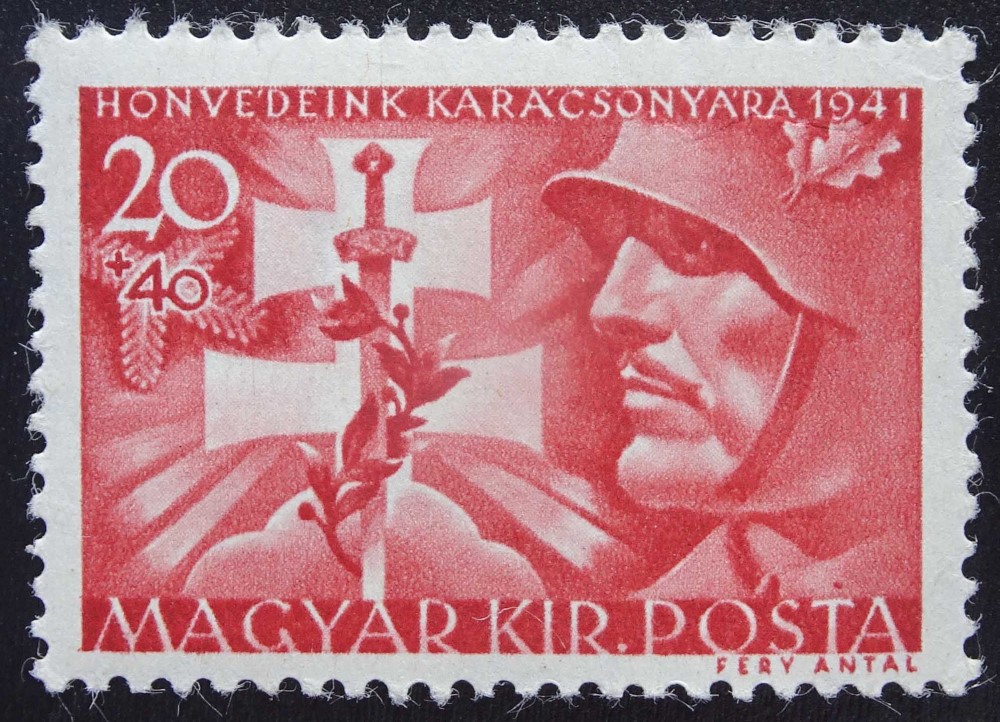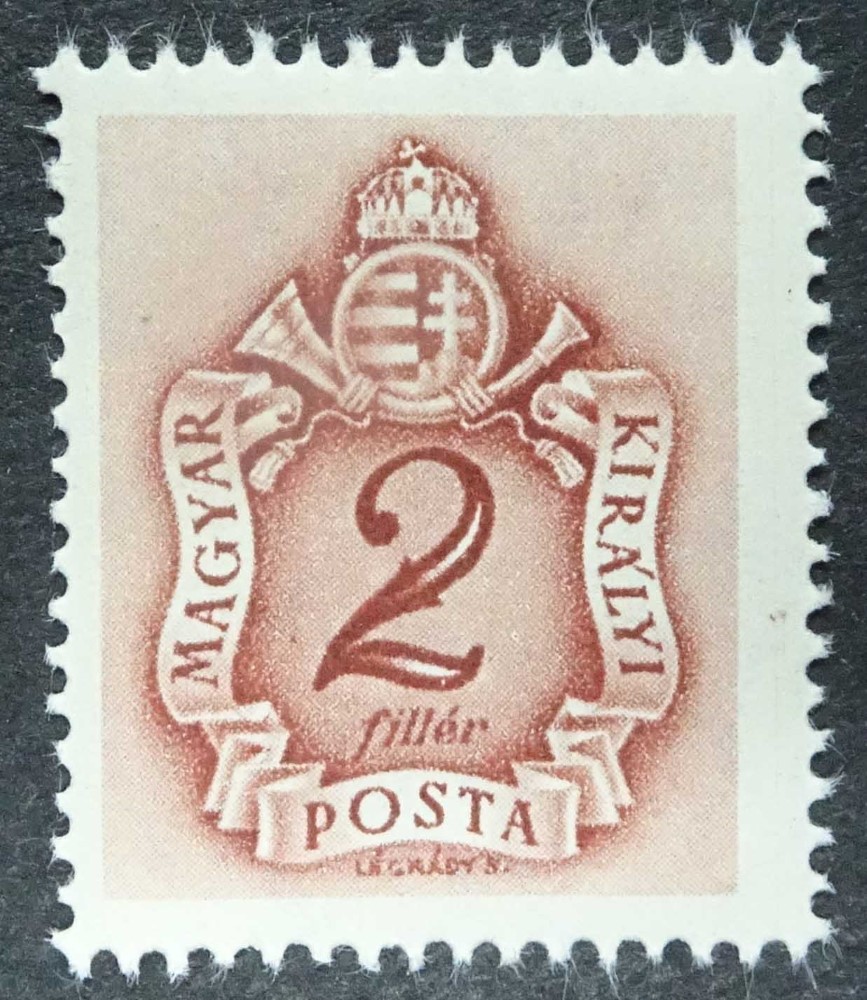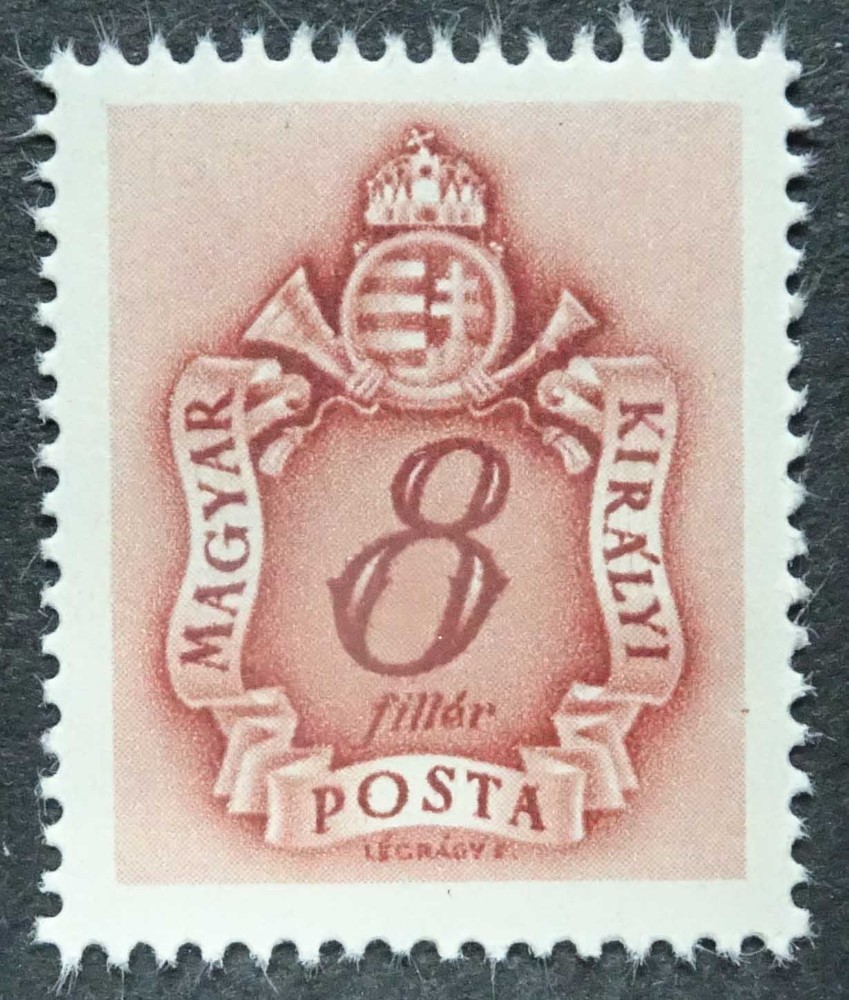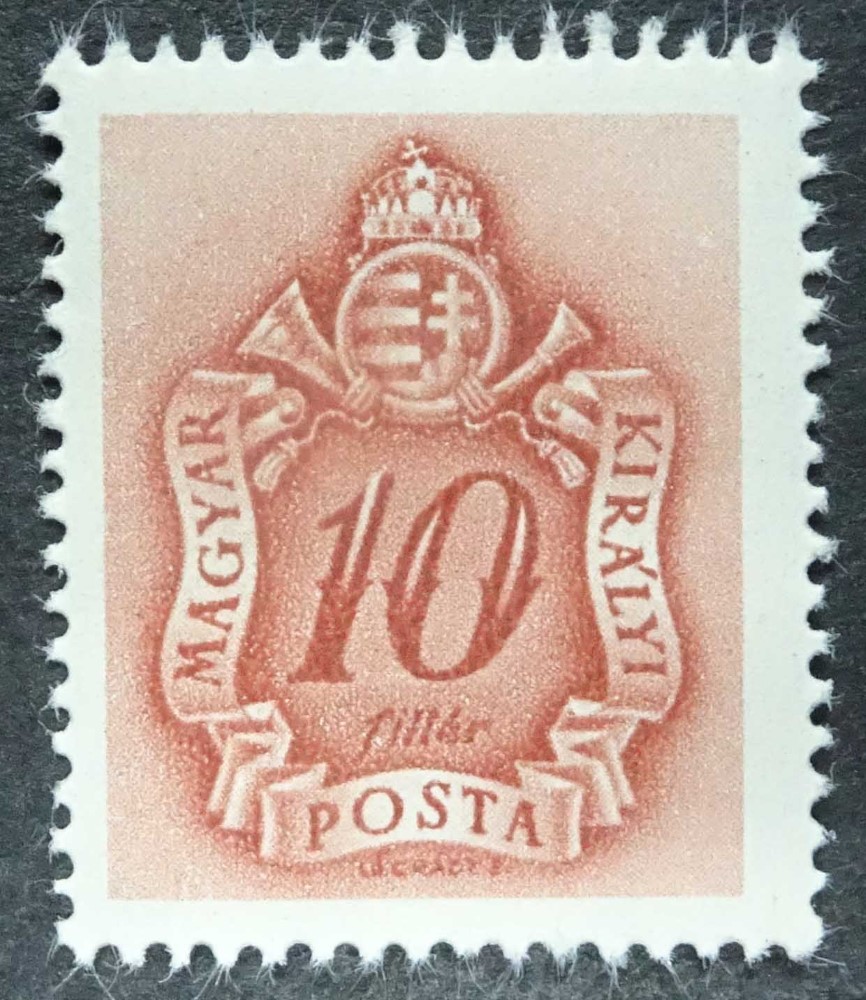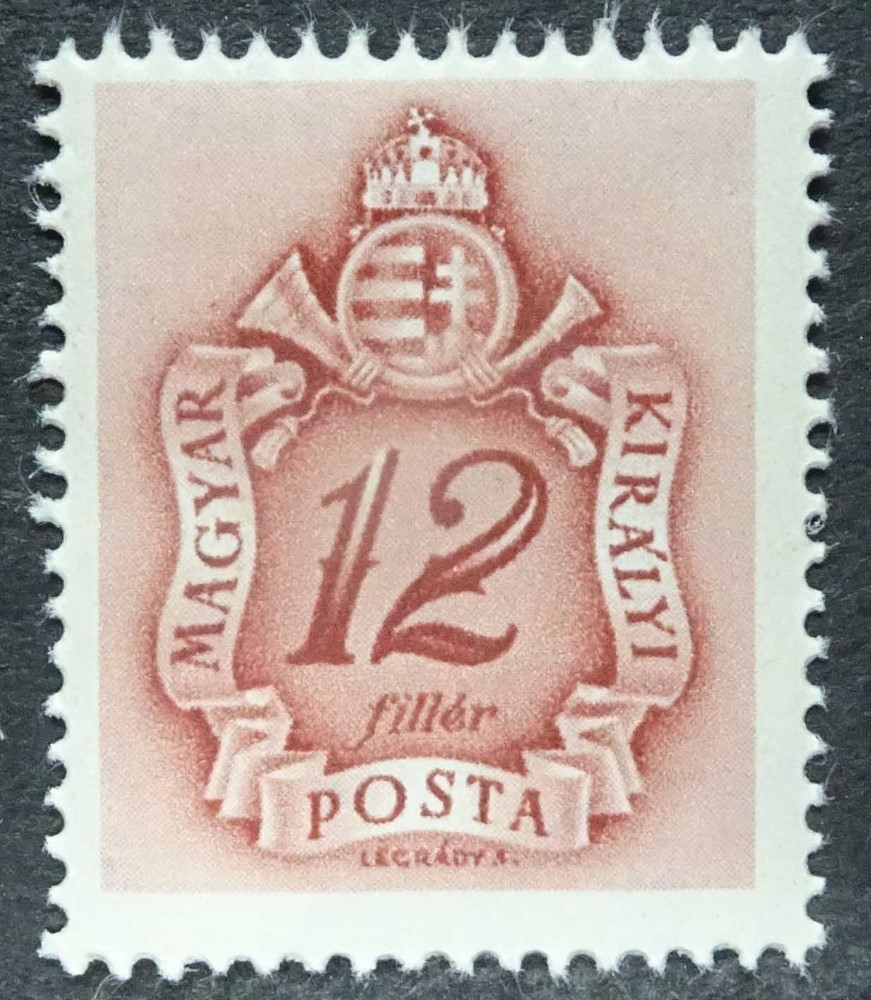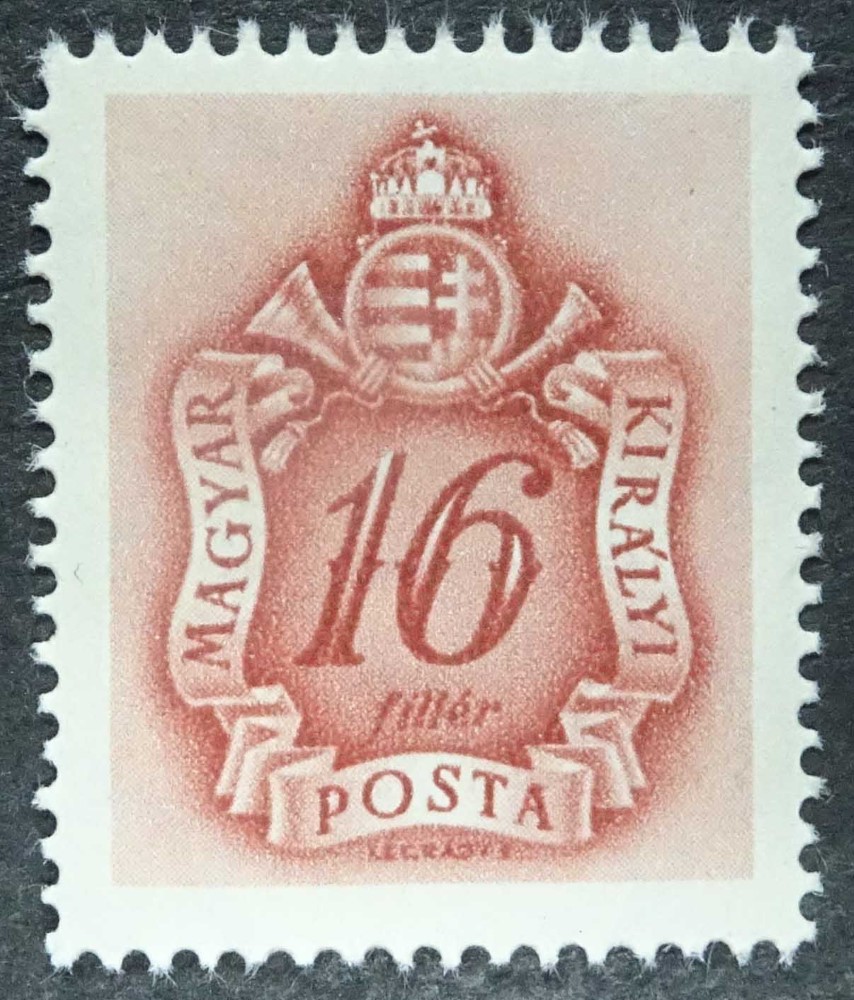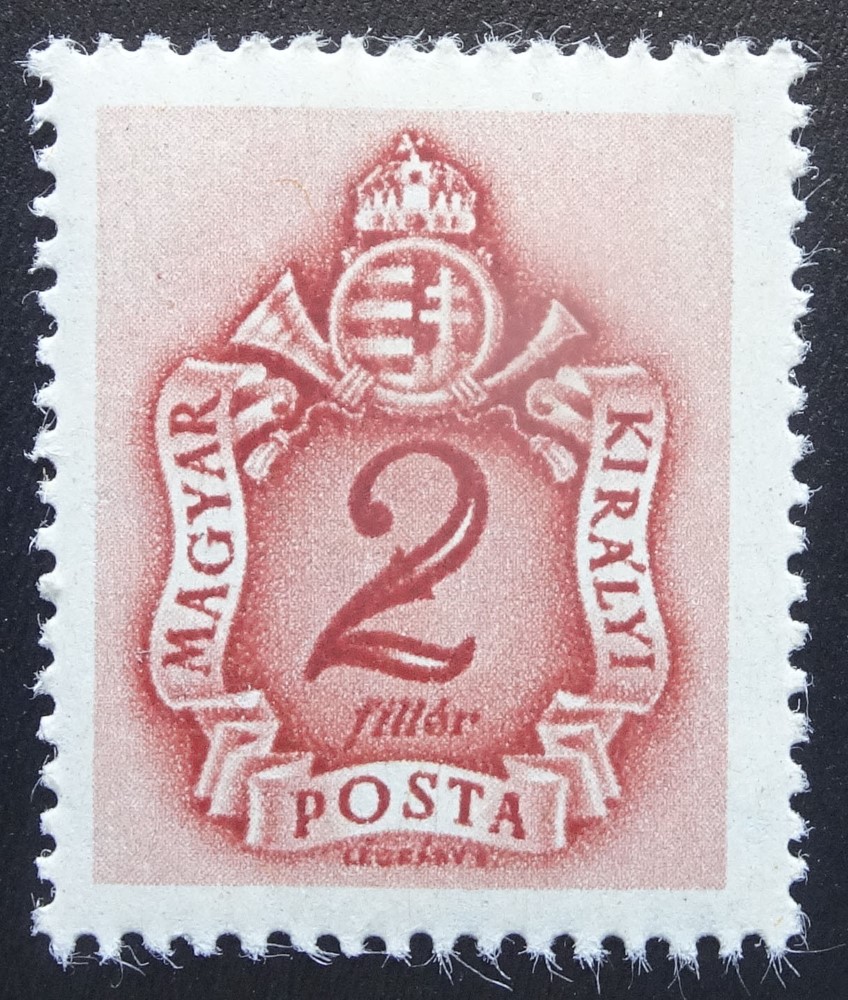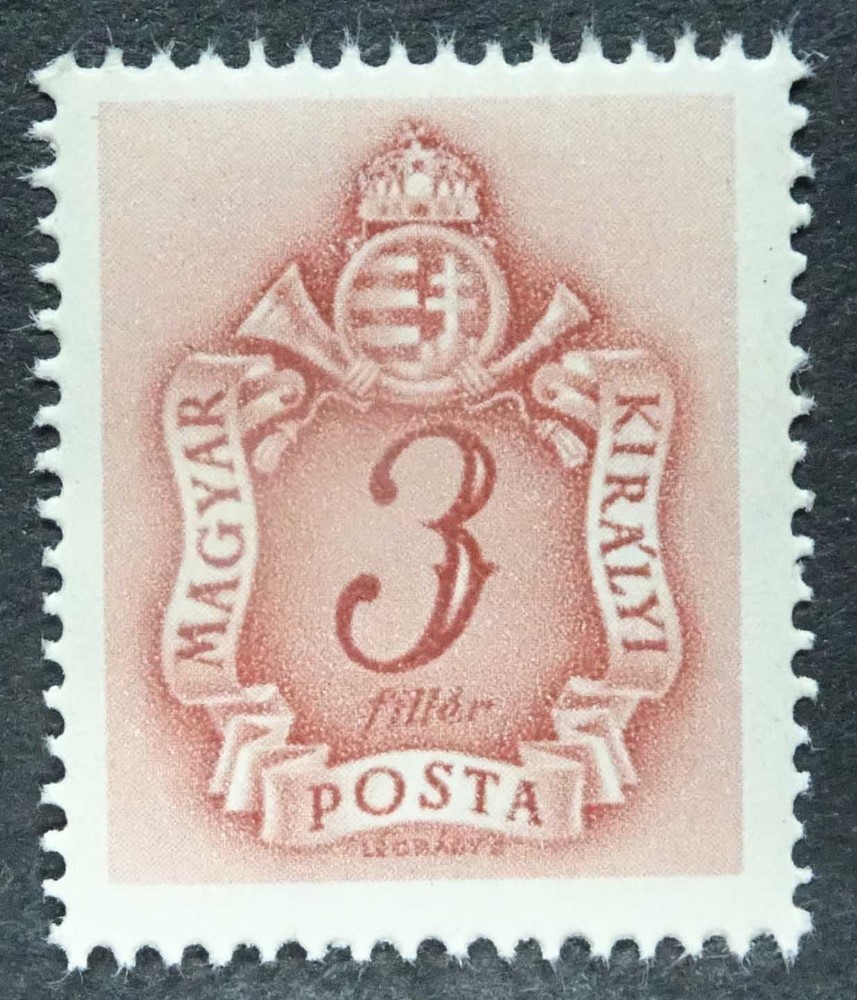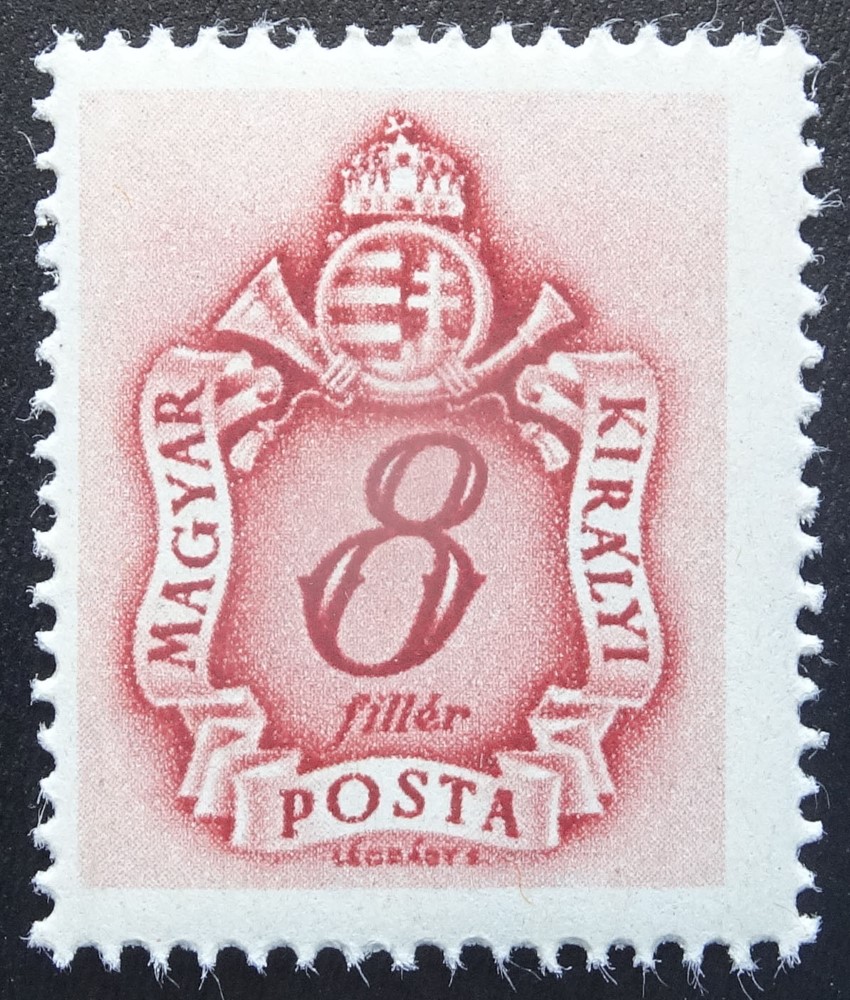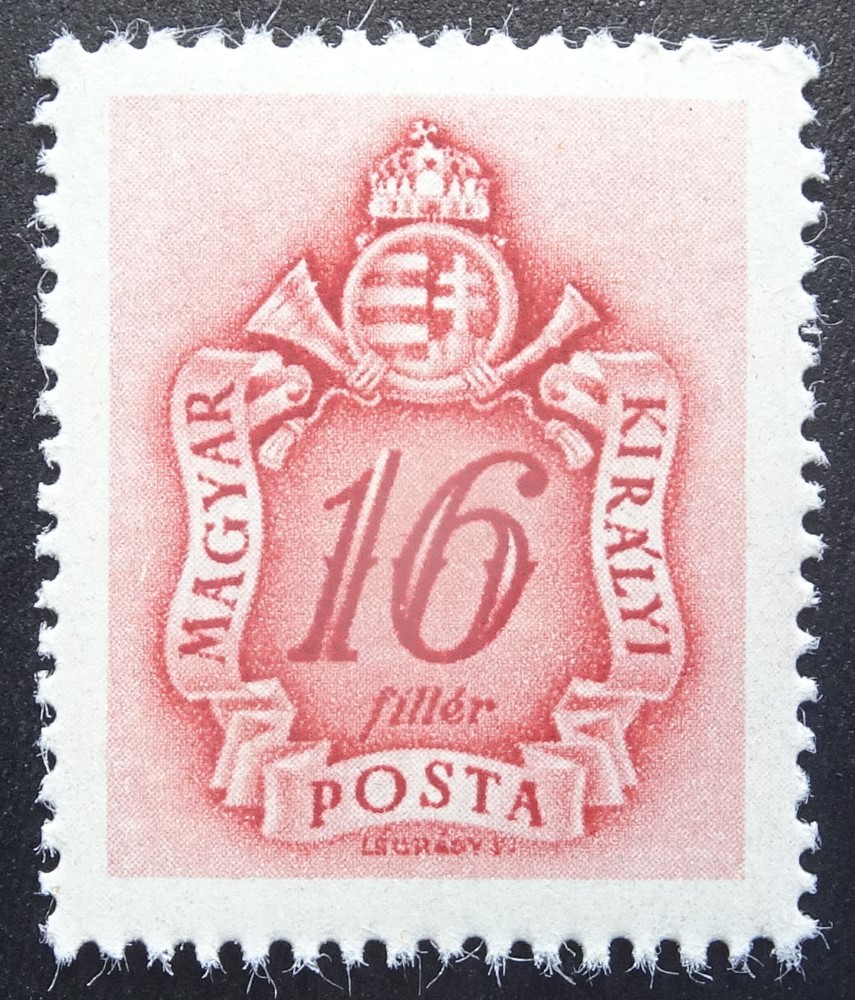My Hungary Stamps
1941
 During World War II, the Kingdom of Hungary was a member of the Axis alliance. In 1938 Hungary adopted a policy similar to Germany's, attempting to incorporate ethnic Hungarian areas in neighboring countries into a greater Hungary. Hungary benefited territorially from its relationship with the Axis, settlements were negotiated regarding territorial disputes with the Czechoslovak Republic, the Slovak Republic, and the Kingdom of Romania. In 1940, Hungary joined the Axis powers. The following year, Hungarian forces participated in the invasion of Yugoslavia and the invasion of the Soviet Union.
During World War II, the Kingdom of Hungary was a member of the Axis alliance. In 1938 Hungary adopted a policy similar to Germany's, attempting to incorporate ethnic Hungarian areas in neighboring countries into a greater Hungary. Hungary benefited territorially from its relationship with the Axis, settlements were negotiated regarding territorial disputes with the Czechoslovak Republic, the Slovak Republic, and the Kingdom of Romania. In 1940, Hungary joined the Axis powers. The following year, Hungarian forces participated in the invasion of Yugoslavia and the invasion of the Soviet Union.
While waging war against the Soviet Union, Hungary engaged in armistice negotiations with the Allied powers. Hitler discovered this betrayal, and in March 1944, German forces occupied Hungary. When Soviet forces began threatening Hungary, an armistice was signed between Hungary and the USSR by Regent Miklós Horthy. Soon afterward, Horthy's son was kidnapped by German commandos and Horthy was forced to revoke the armistice. The Regent was then deposed from power, while Hungarian fascist leader Ferenc Szálasi established a new government, with German backing. In 1945, Hungarian and German forces in Hungary were defeated by advancing Soviet armies. The remaining defenders finally surrendered 13 February 1945.

Michel 647 to 650
"Help for Artists"
Issued: 5th Jan 1941 to raise funds for the artists. These stamps are printed imperforate on watermarked paper.

Michel Block 9
"Help for Artists"
Issued: 5th Jan 1941 to raise funds for the artists. These stamps are printed imperforate on a minisheet measuring 123 x 84mm.

Michel 651 to 654
"Horthy's Aviation Fund"
Issued: 24th Mar 1941 to raise funds for Horthy's Aviation Fund. These stamps are printed on watermarked paper and perf 11¾:12¼.

Michel 655 and 656
"Reintegration of the Batschka"
Issued: 21st Apr 1941 to comemmorate the re-integration of Batschka with "DEL VISSZATER" overprint.

Michel 657 to 659
"Miklós Horthy"
Issued: 18th Jun 1941 featuring Miklós Horthy. These stamps are printed on watermarked paper and perf 11¾:12½.

Michel 660 to 664
"150th Anniversary of the birth of Istvin Széchenyi"
Issued: 21st Sep 1941 to commemorate the 150th Anniversary of the birth of Istvin Széchenyi. These stamps are printed on watermarked paper and perf 12:12½.

Michel 665 to 681
"The Church in Hungary / Miklós Horthy"
Issued: 1941/42 to celebrate the Church in Hungary. These stamps are printed on watermarked paper and perf 12½:12.

Michel 682 to 685
"Hungarian Soldier's Fund"
Issued: 1st Dec 1941 to raise Emergency funds for the Hungarian Soldier's Fund. These stamps are printed on watermarked paper and perf 12.

Michel 686
"Hungarian Soldier"
Issued: 1st Dec 1941. These stamps are printed on watermarked paper and perf 12:12½.

Michel 135 to 143
"Postage Due Stamps"
Issued: 17th Apr 1941 Postage Due stamps. These stamps are printed on watermarked paper and perf 15.







